NIH
-
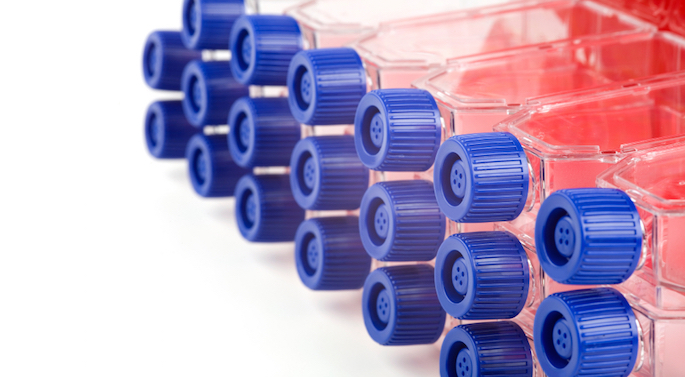
Bad “traffic” linked to cancer
Understanding how signaling molecules are transported within and out of the cell may help to uncover the causes of certain cancers. Read MoreSep 3, 2015
-

How the cell makes morphine
Vanderbilt investigators have discovered how mammals, including humans, produce the painkiller morphine. Read MoreAug 25, 2015
-

Brain circuitry in psychosis
Functional magnetic resonance imaging has revealed faulty circuits between the thalamus – a central hub of brain activity – and other brain regions. Read MoreAug 21, 2015
-

Morgan named to NIH neuroimaging study section
Victoria Morgan, Ph.D., associate professor of Radiology and Radiological Sciences, has been named to serve as a member of the Neuroscience and Ophthalmic Imaging Technologies Study Section in the Center for the Scientific Review (CSR) of the National Institutes of Health (NIH). Read MoreAug 13, 2015
-
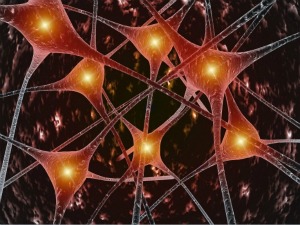
Origins of neuroblastoma
Vanderbilt researchers are exploring how neuroblastoma tumors begin and progress, knowledge that could provide new treatments for this pediatric cancer. Read MoreAug 12, 2015
-
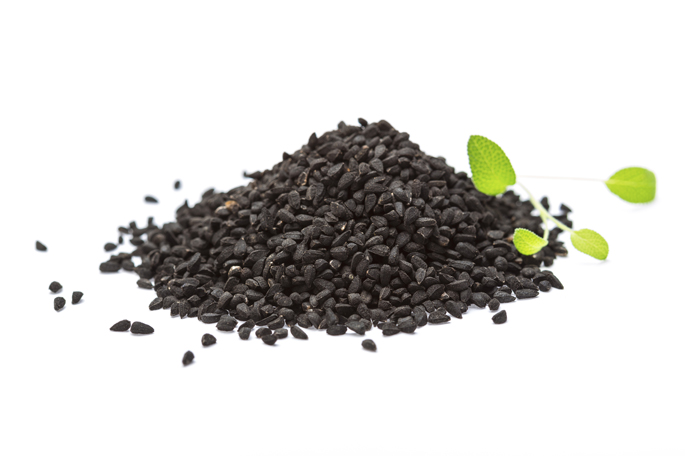
Drug combos enhance ovarian cancer cell death
Drugs that target DNA damage improve ovarian cancer cell response to platinum chemotherapies, suggesting new therapeutic opportunities. Read MoreAug 11, 2015
-

Bridging the antibiotic gap
Vanderbilt researchers have discovered how certain molecules with antibiotic properties are synthesized, findings that could lead to new drugs that overcome the increased antibiotic resistance in bacteria. Read MoreAug 7, 2015
-
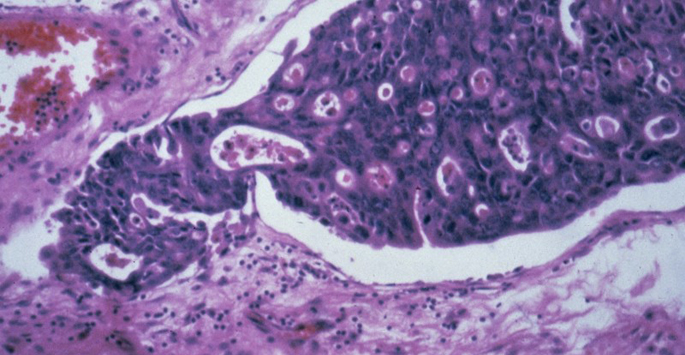
Stomach cancer cues
Vanderbilt scientists have discovered a new molecular mechanism that promotes stomach cancer development, findings that could provide new opportunities for treatment. Read MoreAug 6, 2015
-

Exercise during teen years linked to lowered risk of cancer death later
Women who exercised during their teen years were less likely to die from cancer and all other causes during middle-age and later in life, according to a new study by investigators at Vanderbilt University Medical Center and the Shanghai Cancer Institute in China. Read MoreAug 4, 2015
-
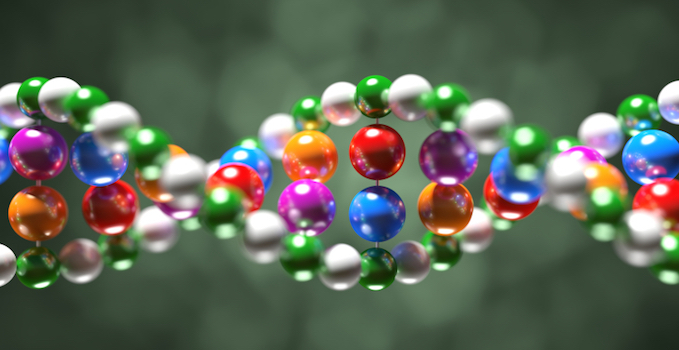
Study sheds light on crucial DNA binding protein
Researchers at Vanderbilt University have established the molecular basis for the function of Replication Protein A (RPA), a DNA binding protein that is a crucial “scaffold” for genome replication, response to damage and repair. Read MoreJul 30, 2015
-

In a zebrafish’s eye
Vanderbilt investigators demonstrate that a certain eye lens protein is evolutionarily conserved between zebrafish and rat, suggesting that zebrafish can be used as a model system to understand eye lens disorders such as cataracts. Read MoreJul 29, 2015
-

Anticancer olive compounds
Compounds found in olives and olive oil have anticancer activity, which may contribute to the cancer preventive properties attributed to the Mediterranean diet. Read MoreJul 27, 2015
-
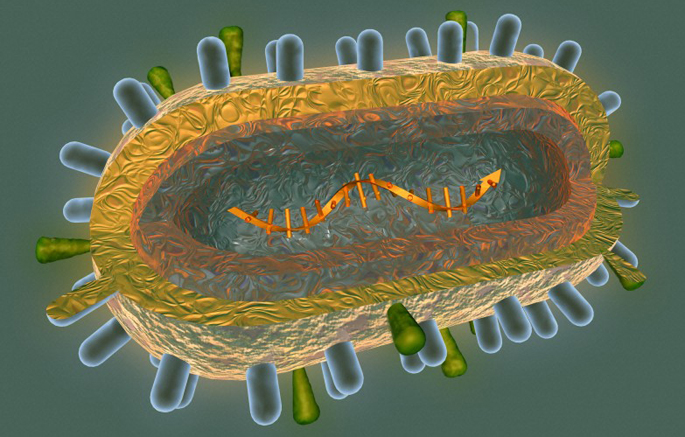
How to trick a wily virus
Vanderbilt investigators have discovered how human antibodies induced during testing of an experimental “bird flu” vaccine kill the virus. Read MoreJul 24, 2015
-
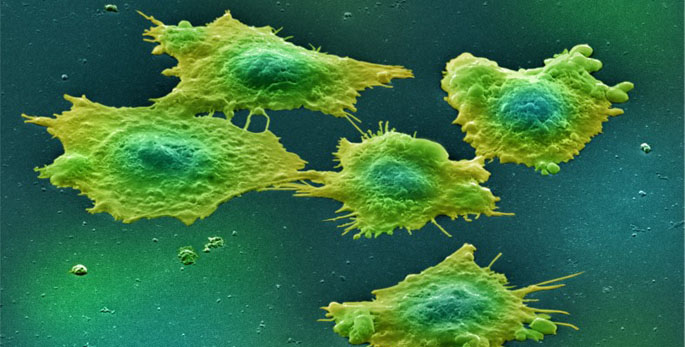
Targeting bone metastasis
The rigidity of the bone extracellular matrix increases the ability of tumor cells to destroy bone, suggesting new targets for anticancer drug development. Read MoreJul 23, 2015
-
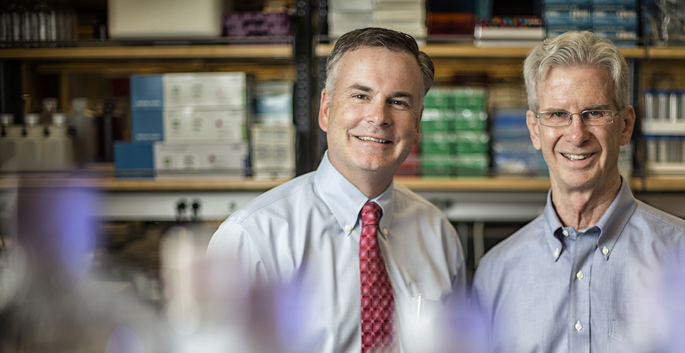
Study explores protein’s role in inflammation-associated cancer
An antioxidant protein may protect against colon cancer that develops in patients with inflammatory bowel disease, suggesting new strategies for reducing colon cancer risk in these patients. Read MoreJul 23, 2015
-

Drug signaling networks
Vanderbilt investigators have developed a new algorithm to understand the networks of signaling molecules that control drug action. Read MoreJul 15, 2015
-

Hhex on cancer
A new mouse model demonstrates that the Hhex gene – which is linked to blood cancers – is critical for normal blood cell production. Read MoreJul 13, 2015
-

Delivering cells for heart repair
A polymer hydrogel material developed by Vanderbilt scientists improved the delivery of stem cells for heart repair. Read MoreJul 10, 2015
-
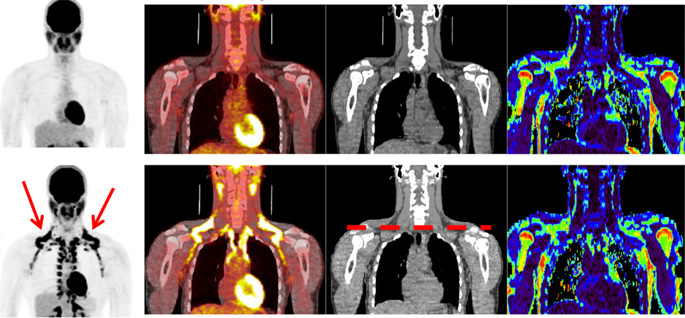
Grant to spur study of ‘brown fat’s’ metabolic mysteries
Vanderbilt researchers have received a $2.15 million grant to study the amount and activity of “brown fat” in adults, with the aim of understanding its role in metabolic disease and identifying new therapeutic targets. Read MoreJun 25, 2015
-
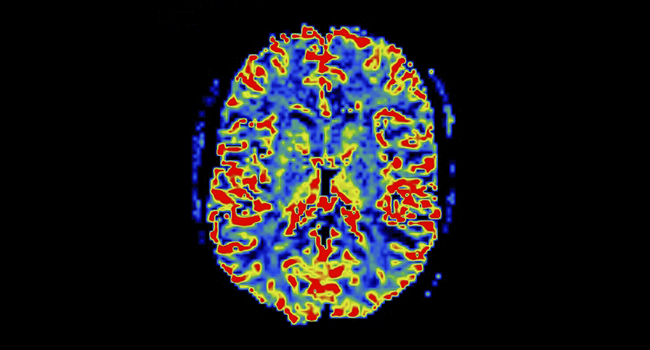
A view of brain function in disease
Vanderbilt investigators report the first use of a specialized type of MRI to study the hippocampus in patients with schizophrenia. Read MoreJun 16, 2015